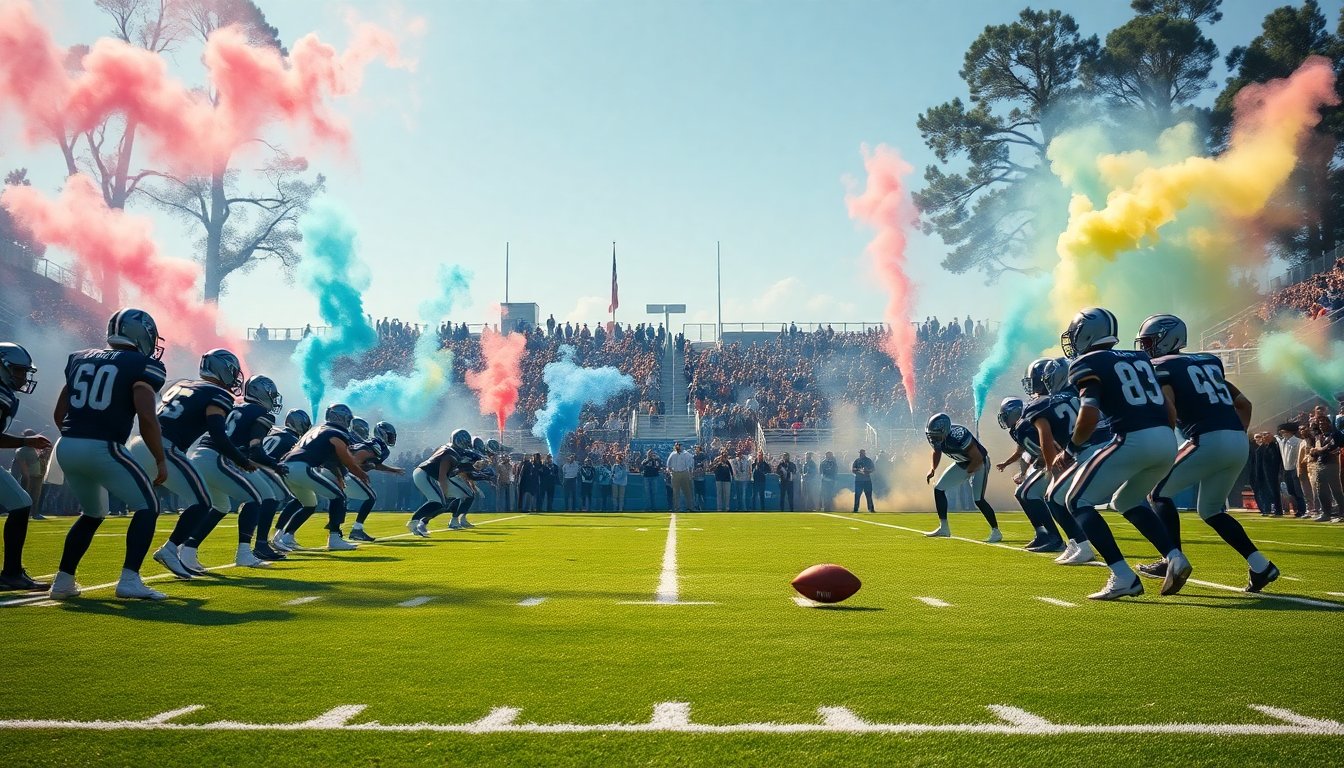Table of Contents
The NFL’s recent adjustment to kickoff rules has sparked significant discussion among fans, players, and notable figures. As the 2025 NFL season progresses, these new regulations aim to enhance player safety and improve gameplay dynamics, garnering both praise and criticism. Among the most vocal critics is former President Donald Trump, who has expressed his dissatisfaction with the changes, deeming them detrimental to the sport’s essence.
Overview of the New Kickoff Rules
The kickoff rule, introduced prior to the 2024 season, establishes a designated landing zone extending from the end zone to the 20-yard line. This alteration mandates that players from both teams position themselves between the 30-yard and 40-yard lines, awaiting the ball’s reception or its descent. The intent behind these modifications is twofold: to reduce the risk of injuries during high-impact plays and to promote a more strategic approach to gameplay.
Despite these well-intentioned changes, the execution of the new rule has yielded mixed results. In the first week of the current season, teams returned kickoffs at an impressive rate of 75.6%, the highest percentage since the 2010 season. This statistic suggests that the new rules may be fostering a more dynamic and exciting kickoff experience for fans. However, the transition has not been entirely seamless, as evidenced by notable errors made by players adapting to the new framework.
Reactions from Key Figures
Donald Trump’s criticism of the NFL’s revamped kickoff regulations underscores a broader concern about the evolution of football. In his remarks on social media, he characterized the changes as a departure from the sport’s traditional values, arguing that they undermine the fundamental excitement associated with kickoffs. He compared the modifications to attempts in other sports to alter fundamental gameplay, suggesting that they cater to an overly cautious approach.
Trump’s sentiments resonate with a segment of the fanbase that values the raw, competitive spirit of football. Such opinions raise questions about how far the league should go in prioritizing player safety at the potential expense of the game’s traditional appeal. This debate reflects a wider discourse in professional sports regarding the balance between player welfare and maintaining the excitement that fans expect.
Implications for the Future of the NFL
As the season unfolds, the NFL must carefully monitor the effects of these rule changes. The initial successes in kickoff return rates could prompt ongoing adjustments and refinements to the regulations. Teams and coaches will need to adapt their strategies to capitalize on the new rules while minimizing the risk of errors, as demonstrated by rookie Kaleb Johnson from the Pittsburgh Steelers, who encountered a significant misstep in a recent game against the Seattle Seahawks.
Looking ahead, the NFL’s commitment to player safety will likely continue to shape its regulatory decisions. The challenge lies in ensuring that the essence of the game remains intact while fostering a safe environment for athletes. This ongoing evolution of the rules will undoubtedly influence the future of football, prompting discussions about what constitutes the heart of the sport.
Conclusion
The NFL’s new kickoff rules reflect the league’s attempt to address contemporary concerns surrounding player safety while striving to keep the game engaging. As these changes unfold, the reactions from players, coaches, and fans will be crucial in determining their long-term viability. Whether these adjustments will ultimately enhance the game or detract from its core excitement remains to be seen, but the conversation surrounding them is sure to continue.


